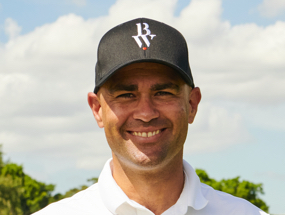On the golf course, it can take just one bad hole to ruin your round. Whether that’s from a bad tee shot, landing in a bunker, or losing your ball to a dreaded water hazard. It begs the question, what steps can we take to stay strong and just leave the bad shots behind?
In May, Phil Mickelson defied all of the odds and became the oldest ever Major Golf Champion, winning the PGA Championship at Kiawah Island. This gave me (someone in their 40s) as well as many other golfers who feel they are “past their prime” a bit of hope.
This wasn’t down to luck, there has been a lot of talk about the way Phil Mickelson has reinvented his body and his golf game over the last couple of years.
Focusing on his physical fitness and strength, he managed to lose 6.8kg by training, fasting and drinking a special blend of coffee. This also lead to him gaining more clubhead speed through superspeed golf – and focusing on his mental game.
Noticeable to many who watched was his composure and breathing. Always under control throughout the tournament, even after the bad shots!
Fast forward to the US Open, after failing a COVID Test and having to withdraw from The Memorial from leading by 6 shots, Jon Rahm won at Torrey Pines.
Now we are not PGA or LPGA Professionals who are fortunate enough to work with world-class psychologists and trainers, but we can learn from what the best golfers in the world do and add a few small simple steps to improve our golf games.
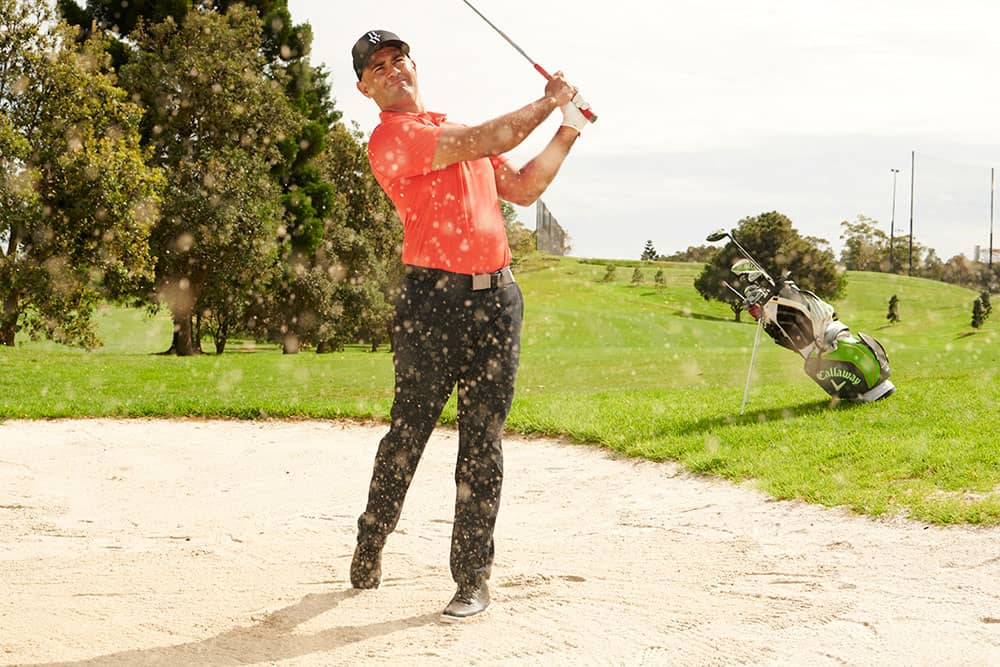
Have a Shot Routine and a Process You Can Trust
This concept can be lost on many amateur golfers, however, we hear it time and time again from the pros reflecting on their rounds mentioning how they stuck to their routines or their processes and were able to hold it all together.
Let’s face it, if we were to play at the speed that a professional does, there is a good chance that we would be banned from our local clubs. What we can learn from watching a professional golfer is their unwavering commitment to every single shot that they play. Starting from visualizing the shot, a practice swing to reinforce what they see and then committing to the shot.
TIP: Come up with a process you can trust, no matter how complex or simple, just make sure you use it with every single shot, including after the not so good ones!
Golf Shot Routine Example:
- Walk to the back of the tee box, visualise the shot you want to hit, pick a line and a reference point in the distance. Block the trouble on the hole out.
- Move forward to the ball, make some easy swings or a confident swing based on how you want to hit your shot.
- Step up to the ball, take your stance, one more look at your target.
- Make a confident swing!
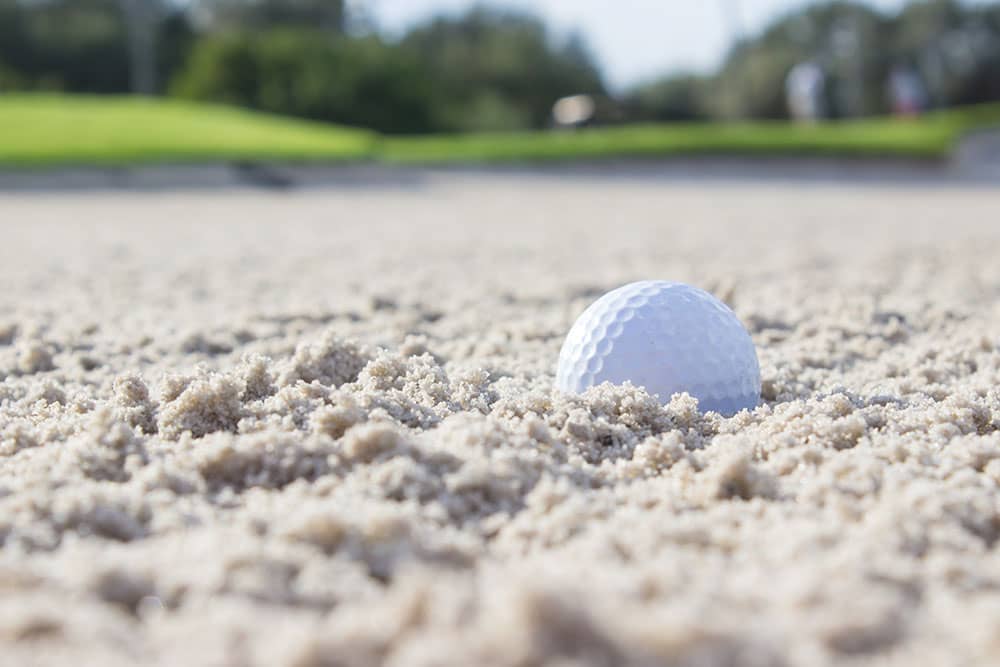
One Hole, One Shot
Another pretty straightforward concept when you think about it, but how often do you find yourself thinking about a bad shot you hit six holes ago, or thinking about a par five coming up that you think you might be able to birdie?
Take each shot as it comes, leave the bad shots in the past and focus on the situation at hand. You can’t change the shot you hit, so focus on how to best play the next.
Do you remember Tiger Woods scoring a 10 on the 12th hole at The Masters in 2020? What was impressive after that 10, was Tiger going on to birdie five of his final six holes. Whilst the 10 must have been heartbreaking, it quite obviously did not get him down, he bounced back and focused on each of the next six holes and stuck to his game plan.
There are 18 holes on a golf course, each presenting its challenges as well as scoring opportunities. If you focus on each shot at a time, take the good with the bad, your golf is bound to improve.
TIP: Next time you go out and play a round of golf, whether you hit a good or bad shot, try your best to focus on something other than the shot as you are walking to your next shot. Look up at the sky, look at the trees, ask your playing partner how their week has been etc. Turn your focus to something completely random and this will help reset your brain as well as your body.
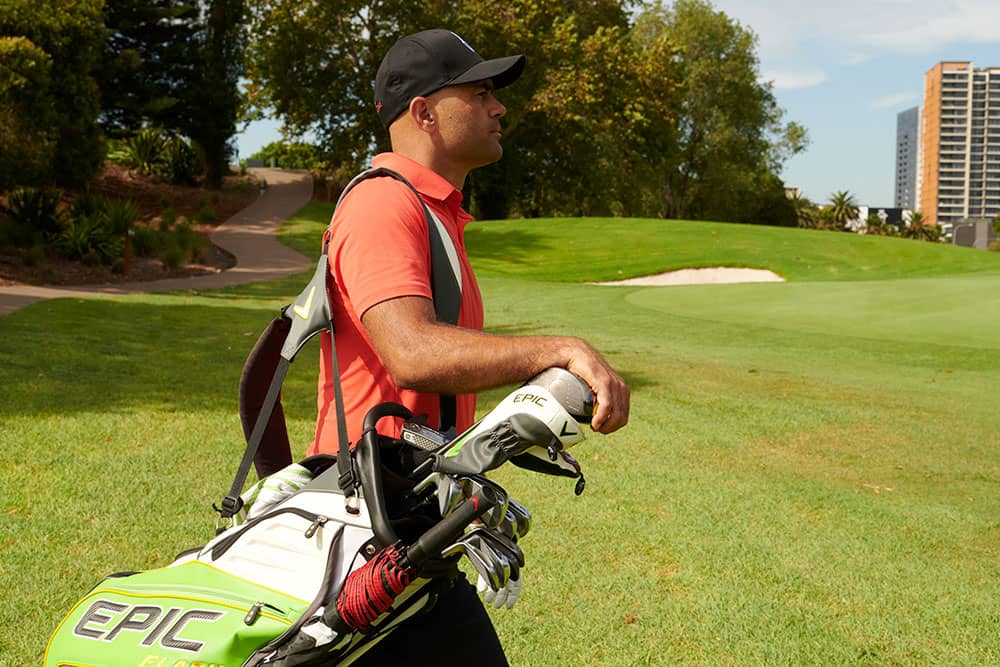
Don’t forget to breathe
Breathing exercises have been found effective in practices such as yoga, pilates and mediation. They reduce tension and help with alleviating depression, anxiety, mental confusion, fatigue, irritability and muscular tension, this all has a strong impact on your golf performance.
Let’s face it, when we hit a bad shot, we tense up through frustration. That frustration forces us to hold our breath a lot of the time, hence causing us to tighten up even more, and this often snowballs into a disastrous cycle.
Professional athletes are turning to breathing exercises to improve their skills and composure. Using these good breathing practices out on the golf course will certainly benefit your golf game as well. Whether this is between shots or as you prepare to hit your next, keep your breathing controlled.
TIP: Find a breathing routine that works for you, ideally between shots (don’t focus too much on breathing over the ball) and stick to it.
My routine: Deep gradual inhale for 6 seconds, hold it for 6 seconds, gradually exhale for 6 seconds. Repeat this after a few gentle breaths.
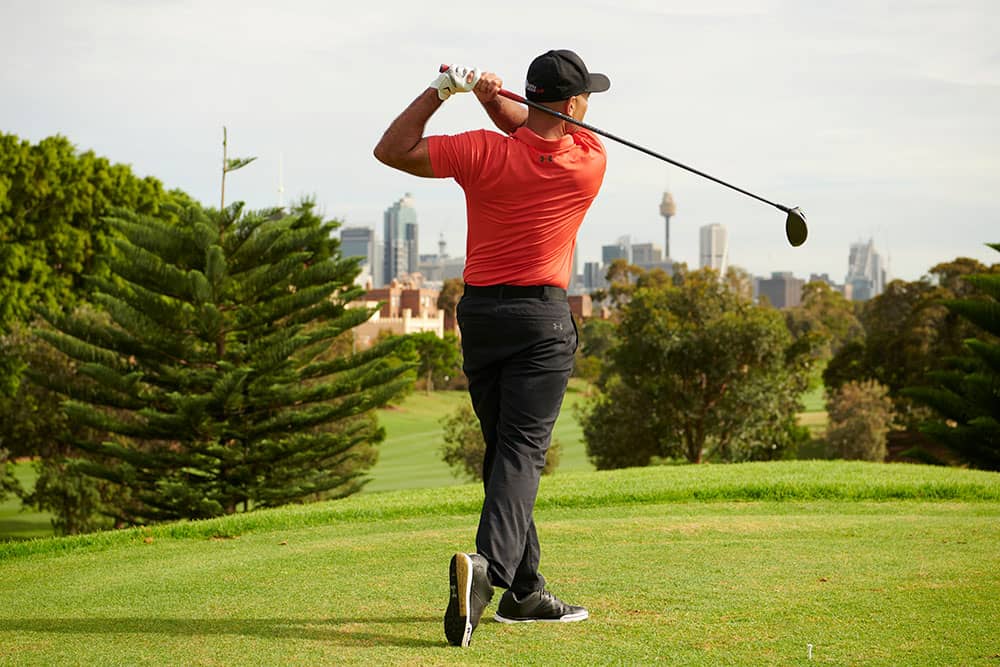
Have a game plan
The most frustrating thing for me as a golf coach is how everyone wants to work on their driver and how they truly believe that the driver is the answer to lower scoring.
I agree that the driver sets us up very nicely off the tee and can be a very handy club to work for you, however, the majority of courses that we play are not the length that the professionals play. This often means that if you just keep the ball in play, your chances of scoring immediately becomes easier.
TIP: Always survey what’s ahead of you on the tee box of each hole that you play. Size up where the trouble is, where you can potentially bailout, and if the driver is the correct club of choice. Consider hybrids, irons or any other club that you are confident will find the fairway, or not as many trees!
TIP #2: If your driver is giving you a hard time, consider leaving it at home or the boot of your car!
Most importantly, the number one rule is to have fun when playing golf, laugh at the bad shots and move onto the next one. Whether you’re playing with a group of friends or in your local club tournament, the outcome is the same, to enjoy the round.
Bobby Walia Golf offers on-course lessons as well, so be sure to try and book a lesson on the course with the Sydney Golf Academy if you are struggling to take that range game onto the golf course.

